| Last year, in late August, after about 6 weeks of standby, I finally found myself making the trek to Alaska’s north coast, to participate in aerial survey work in the Beaufort Sea. This time I was co-leading an aerial survey team of Protected Species Observers (PSOs) whose purpose was to monitor and record marine mammals in the vicinity of drilling operations in the Beaufort Sea. This work provides me with valuable field and professional leadership skills as well as a means to fund my way through my PhD. Although this was my third field season in the Arctic, I know that no two seasons are ever the same; there are always new learning experiences to ensure that surveys are successful and good data is collected. But most of all there are always new sighting experiences to remember, whether it be a breaching bowhead or evidence of a recent polar bear kill on the ice. |
| As observers we continually scan the water searching for marine mammals and noting environmental conditions. In the Beaufort Sea, the species that are most often recorded are bowhead and beluga whales, bearded and ringed seals, and polar bears. When an animal is sighted on transect, we record relevant details (“one adult bowhead, swimming at medium speed, travelling in a 10 o’clock direction”) and take an angle measurement to allow its exact position to be calculated. On some transects we may see a lot, while on others we not see anything at all. We survey for almost 5 hours –limited by the fuel capacity of our survey plane. After our surveys we return to our base in Deadhorse for an evening of data entry and report writing. We never know when we will be able to survey next due to the changeable nature of the weather on the slope. But we always hope that conditions will remain clear and the winds calm to allow surveys the following day. |
| Our surveys continued through September and October, coming to an end in early November. The colors of the tundra changed as summer advanced into autumn and autumn into winter. Ice formed over the ocean and the bowhead migration had all but passed through our survey area. Daylight hours waned and storms blew through bringing snow that blanketed Deadhorse; the survey season ended for another year and I headed back to BC to continue with my studies and wonder if I would be heading north again this year. As it turned out industry activities in the Beaufort Sea were scaled back this year and there was no requirement for an aerial survey monitoring crew. My thesis will probably be thankful, but I will still miss flying out over the tundra, watching the colors change as the season progresses and as ever catching a glimpse of the migrating bowhead whale. |
Shell, Alaska produced a pamphlet on marine mammal research in the Alaskan Arctic -includes our aerial survey work
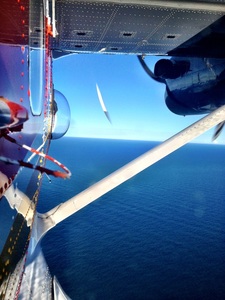
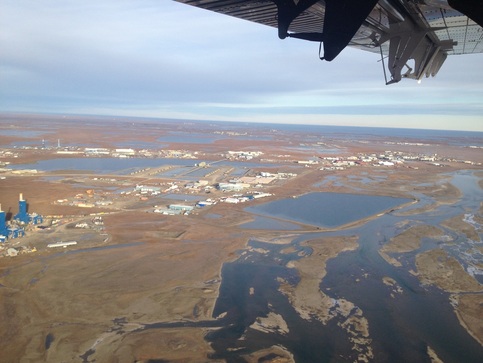
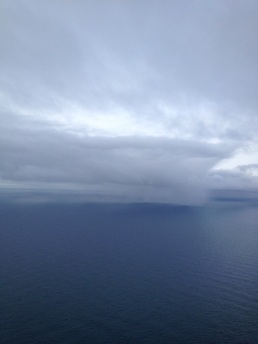
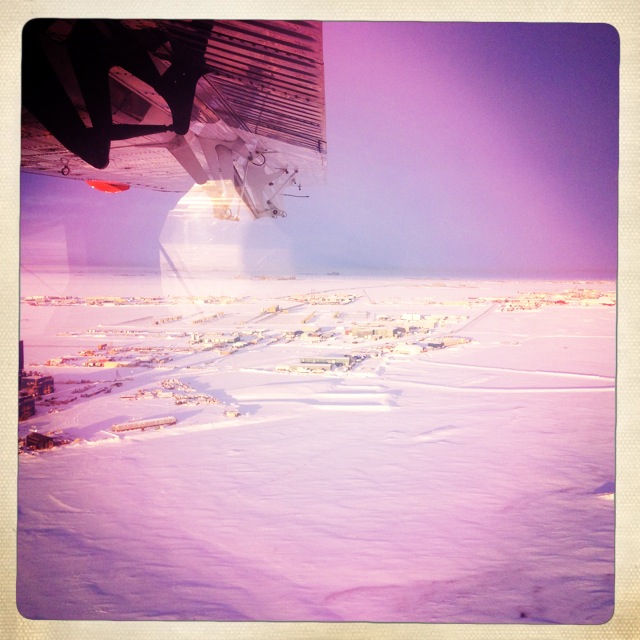
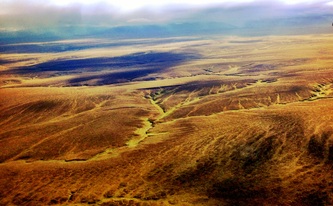
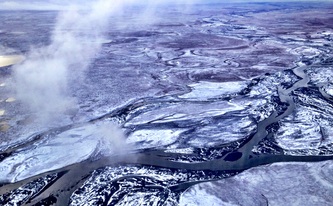
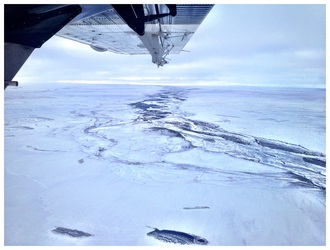
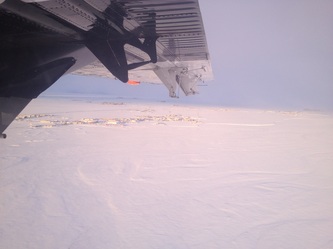


 RSS Feed
RSS Feed